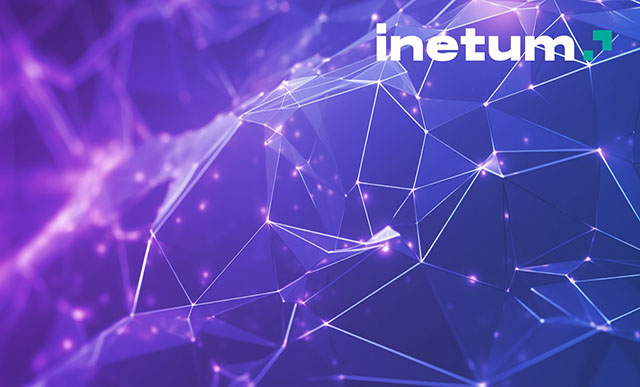In a recent episode of Inetum‘s podcast, ‘The Flowdown’, Inetum and ServiceNow came together to discuss the challenges organizations face during IT disruptions, such as outages and cyber-attacks, and the role of ServiceNow’s Service Operations Workspace and GenAI capabilities in mitigating these challenges. With insights from Mike Morgan-Lee (MML), Managing Consultant at Inetum, and Dominic Colson, Senior Technical Solutions Consultant at ServiceNow, the discussion focused on how organizations can minimize disruptions when things go pear-shaped.
According to MML, organizations often find themselves in a state of panic during IT disruptions. He describes this as a headless chicken, where everyone is running around, not sure what’s going on. This chaos is often exacerbated by a lack of context and understanding of the impact of these disruptions. “When it is done efficiently, it is because they had the context behind it. They know what the impact is, they know what to make of the service or application. So, although it doesn’t stop it from happening, the speed of getting back up to where you need to be is far reduced.”
Colson adds to this by pointing out that many organizations don’t even know when they have a problem, suggesting they may know a database has gone down or DNS has failed, but they don’t know how it impacts the service. The key challenge for organizations is to understand their critical services and how to address issues quickly.
ServiceNow’s Service Operations Workspace is positioned as a solution to these challenges. Colson explained it like a car dashboard: “You want to know when you need your oil changing? Want to know when you’ve got a problem with your brakes? You want something to be telling you that something is going to happen or you need to fix something. That’s exactly what the Service Operations Workspace does. It gives you the ability to see things before they become an incident.”
MML highlights: “It’s in one place, you are not having to flick around different tabs or different applications or different parts of the ServiceNow platform. So you know what is broken, you know what’s impacted, you know who owns it and you might know how to fix it,” he explains. This single pane of glass approach simplifies the process of understanding and addressing issues, enabling organizations to respond more quickly and effectively.
The introduction of GenAI capabilities into the Service Operations Workspace marks a significant evolution in how organizations can manage IT disruptions. Colson explains that the GenAI functionality summarizes alerts, so organizations can look at those some 20,000 alerts and summarize them. This capability is particularly valuable for organizations dealing with a large number of events and metrics, as it helps them prioritize and focus on the most critical issues.
MML sees the potential of GenAI as a game-changer for the industry: “What I think (GenAI) will start to do is summarize and give more context of what those 20,000 alerts actually mean. Having that generative bit as we start to mature the capabilities, I think will be an absolute game changer because you won’t have to worry so much about the manual correlation and that rule writing keeping things up to date. You’ll actually have the platform natively doing it out of the box as well, which I think would be massively important in the next couple years.”
The integration of ServiceNow’s Service Operations Workspace and GenAI capabilities represents a new era in IT service management. As organizations continue to evolve their processes and technologies, having the right tools to anticipate and address disruptions will be crucial. With the ability to understand and visualize critical services, organizations can not only recover from disruptions more quickly but also prevent them from happening in the first place.
As MML aptly puts it, “It’s about trying to change that mindset, don’t wait for it to fail. We are trying to help you avoid this, or when it does happen, we’ll get you back up and running quicker. It’s used as the enabler piece; don’t just see it as a function that costs money, which is traditionally what it’s always been for.”
The insights shared by Inetum and ServiceNow provide a glimpse into the future of IT service management, where the combination of context, centralization and AI-driven insights will play a pivotal role in minimizing disruptions and enhancing organizational resilience during times of chaos.




